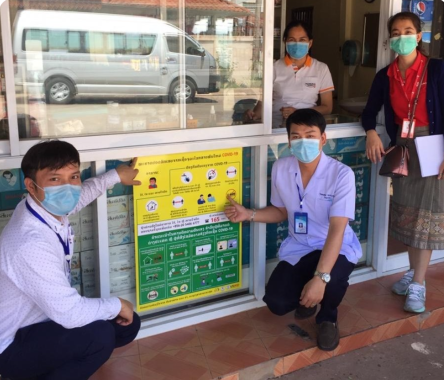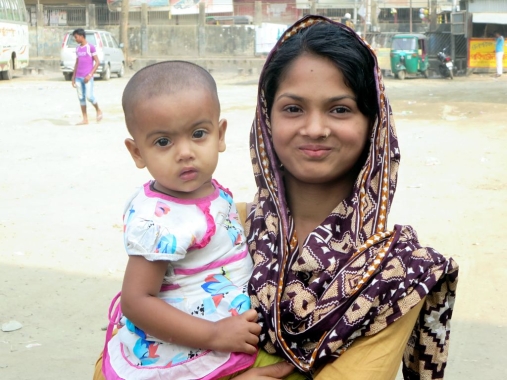Nestled among five Southeast Asia neighbors, the country of Laos is particularly vulnerable to cross-border spread of infectious diseases. Past outbreaks have strengthened the Government of Laos’s resolve to prevent, detect, and respond effectively to these threats, but the public health infrastructure and systems for doing so are not yet fully in place. After COVID-19 emerged in neighboring China in late December 2019, there was a need for external surge support to reinforce the government’s emergency response and prevent COVID-19 from sweeping the country.
Acting on priorities set by the Government of Laos, LHSS worked to strengthen nationwide coordination of the COVID-19 response and mobilize community health systems and institutions to assist with the fight. Our efforts were designed not only to respond to the immediate COVID-19 threat, but also to improve the country’s resiliency and preparedness for future shocks.
Approach
From February 2020 to August 2020, LHSS provided critical surge support to the health system in Laos. The team rapidly mobilized national and community level health systems, demonstrating a successful multi-stakeholder approach to prevention. Project activities focused on non-pharmaceutical, non-clinical aspects of the COVID-19 response working in coordination with government partners, USAID, implementing partners, and local communities.
By supporting national and community level infection prevention, improving risk communication, and mobilizing stakeholders not typically involved in a communicable disease response, LHSS filled critical gaps and complemented the work of others, thus contributing to a successful national response.
From October 2020-September 2021, LHSS worked with the Pasteur Institute of Laos (IPL) to increase diagnostic capacity and enable sequencing of SARS-CoV-2 strains in country. This allowed national laboratories to identify variants and track the spread of the virus. In addition, the activity helped IPL to introduce next-generation sequencing, a new technology that will be useful in future responses to viral outbreaks.
Key Achievements
-
Increased the capacity of the national hotline to operate 24 hours a day and to field over 100,000 calls, with 78 operators trained.
-
Trained 33 percent of Lao provincial public health departments in 6 provinces on COVID-19 prevention measures in non-clinical settings for high-risk areas such as bus stations and markets.
-
Improved border screening procedures at 15 border sites (target: 4 sites) at critical areas of the country and monitoring more than 30 quarantine centers.
-
Oriented 2,695 private pharmacies (target: 100 pharmacies) across all 18 provinces on COVID-19 community case detection and appropriate referral of patients.
-
Expanded the reach of effective risk communication, including through online channels.
-
Mobilized 35 civil society networks to reach rural and ethnic communities across the country.
-
Distributed over 108,000 COVID-19 risk reduction flyers and other IEC material prepared for low-literacy audiences on COVID-19 prevention techniques. These were posted at airports/border checkpoints, pharmacies, markets, bus stations, and other high -risk areas.
-
Conducted 32,610 RT-PCR diagnostic tests to screen for SARS-CoV-2, more than double the expected target.
-
Conducted genomic sequencing of 193 COVID-19 positive samples, thus identifying variants of concern, including Alpha and Delta variants.
-
Trained two local laboratory technicians in bio-safety, bio-security, extraction, reagent preparation, RT-PCR techniques, and the order of all steps for COVID-19 diagnostics.
LHSS-supported activities for COVID-19 were completed in September 2021. However, Laos PDR has since participated in an LHSS supported joint learning activities for ministries of health working towards better health budget execution.




